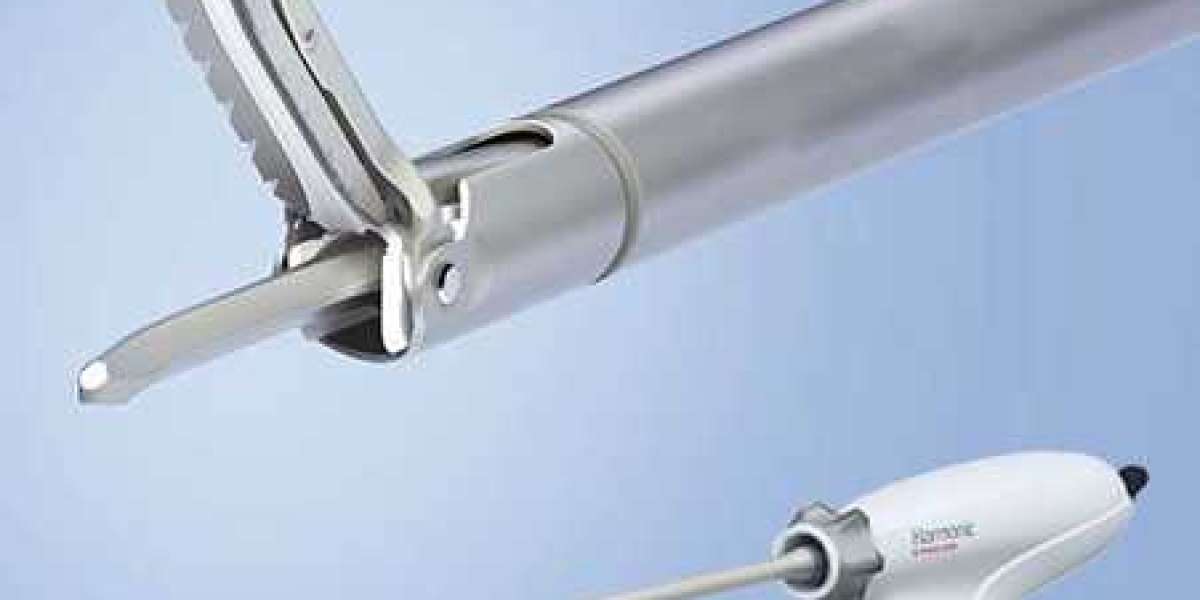As a metal material with high strength, corrosion resistance and excellent biocompatibility, bright titanium material has a wide range of applications in aviation, medical, chemical and jewelry fields. In order to achieve its unique mirror effect, manufacturers must strictly control the surface roughness of titanium materials during the production process. The following will discuss in detail how manufacturers use various processes and technical means to control surface roughness to achieve a mirror effect.
Polishing
Polishing is one of the common processes for making bright titanium materials. Manufacturers usually use mechanical polishing or chemical polishing to remove the roughness and defects on the surface of titanium materials. Mechanical polishing usually starts with the use of sandpaper, gradually transitioning from small sandpaper to increasingly fine sandpaper until a certain degree of smoothness is achieved. Subsequently, silicon dioxide (SiO2) polishing liquid is used in combination with porous chloroprene polishing leather for further polishing. For extremely high surface quality requirements, chemical mechanical polishing can also be performed in combination with relevant oxidants to achieve better results.
Sandblasting
Sandblasting is another surface treatment technology that cleans and beautifies the surface of titanium materials by spraying sand or other abrasives at high speed. Sandblasting can form fine sand patterns on the surface of titanium materials, which not only increases the texture of the surface, but also reduces the roughness to a certain extent, laying a good foundation for subsequent polishing.
Cutting and tool selection
In the cutting process of titanium materials, the selection of tools and the setting of cutting parameters have an important influence on surface roughness. Manufacturers usually choose tools with appropriate geometric parameters, such as reducing the secondary deflection angle and increasing the radius of the tool tip arc to reduce the surface roughness during cutting. At the same time, by optimizing the cutting feed and cutting speed, surface defects can also be effectively reduced.
Machine tool vibration control
Machine tool vibration is another important factor affecting surface roughness. In order to reduce vibration, manufacturers usually take a variety of measures, such as reducing friction and extrusion between the tool and the workpiece, making the tool sharper, adding cutting fluid, and performing appropriate heat treatment on some workpiece materials with good toughness. These measures help reduce vibration and friction during cutting, thereby obtaining a smoother surface.
Process optimization
In the production process of bright titanium materials, process optimization is also crucial. Manufacturers need to reasonably arrange the order of roughing and finishing to ensure that each step can meet the expected finish requirements. At the same time, strict quality control is required for each link in the processing process to promptly discover and solve problems to ensure the surface quality of the final product.
Raw material selection
The quality of raw materials is also an important factor affecting surface roughness. When selecting titanium materials, manufacturers should give priority to factors such as density, purity and organizational structure to ensure that the raw materials can meet the requirements of subsequent processing and polishing.
In summary, control surface roughness through polishing, sandblasting, cutting and tool selection, machine tool vibration control, process optimization and raw material selection in the production process to achieve a mirror effect. These measures not only improve the surface quality of the product, but also meet the requirements of titanium material performance in different fields, providing a strong guarantee for the wide application of titanium materials. With the advancement of science and technology and the continuous improvement of technology, it is believed that bright titanium materials will show their unique charm and application value in more fields.














